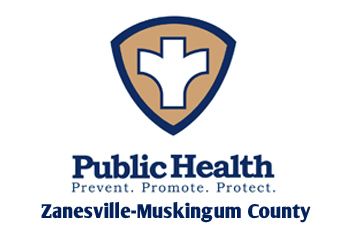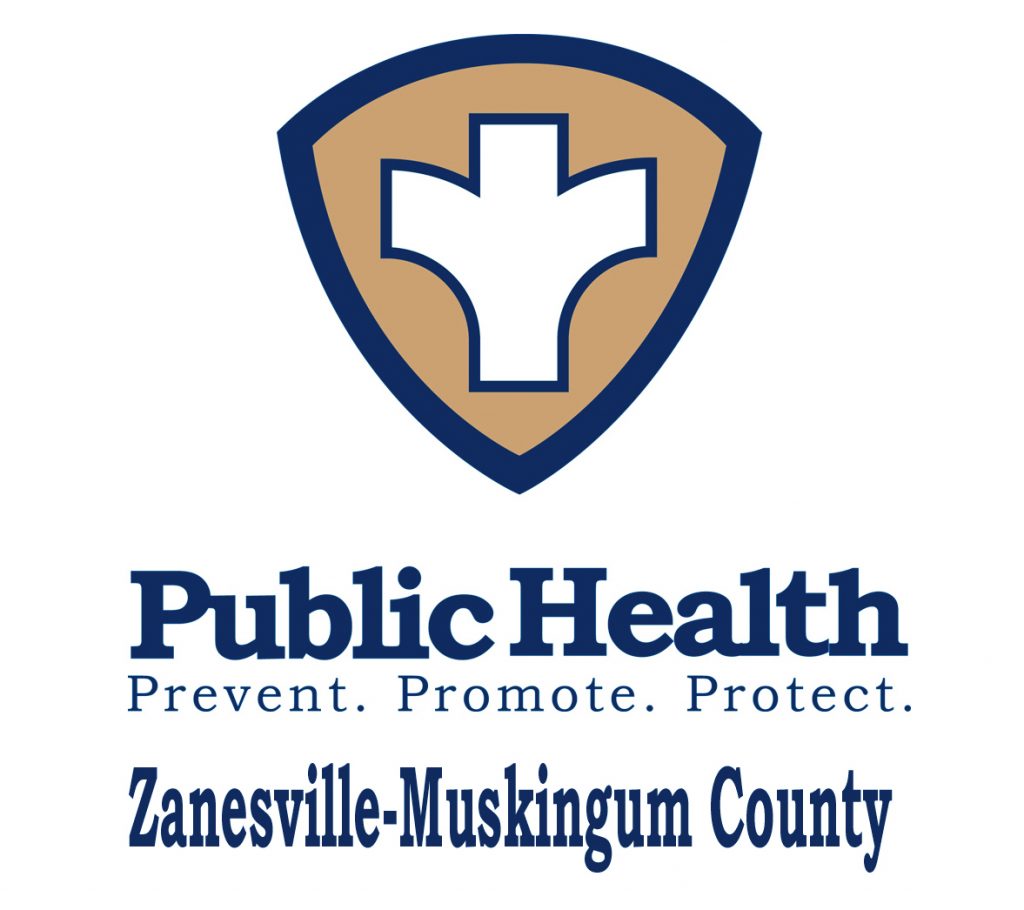Disease Prevention
What We Do
ZMCHD conducts surveillance and investigation for infectious diseases, healthcare-associated infections and bioterrorism incidents in Muskingum County. This includes most reportable infectious diseases other than sexually transmitted diseases, tuberculosis and HIV/AIDS.
ZMCHD gathers information on infectious diseases of public health concern from doctors, hospitals and laboratories in accordance with Ohio’s Communicable Disease Reporting Rules. Ohio’s list of reportable infectious diseases and reporting requirements, including timelines for reporting and surveillance case definitions, are included in the Ohio Department of Health’s Infectious Disease Control Manual (IDCM).
The most immediate purpose of infectious disease surveillance is the management and control of communicable disease. Analysis of infectious disease surveillance data by time, place and person documents the distribution of disease and allows for the detection of outbreaks.
The Ohio Disease Reporting System (ODRS) is available to local public health practitioners, infection control practitioners, individual health care providers and laboratories for infectious disease reporting purposes. Additionally, laboratories can submit infectious disease reports through an automated process of Electronic Laboratory Reporting (ELR).
Have You Ever Heard of Norovirus?
This short video from the Centers for Disease Control and Prevention (CDC) explains what norovirus is, how it is spread, groups that are at high risk for severe disease and how you can protect yourself and loved ones from getting it.
Epidemiology
Surveillance at ZMCHD detects and tracks health events such as pandemic influenza, bioterrorism, disease outbreaks, seasonal illness, injuries and environmental exposures by monitoring and analyzing the health-seeking behavior of Ohio’s population.
Early detection of health events allows health authorities to quickly implement control measures to prevent and reduce morbidity.
During a health event, surveillance can provide answers to questions such as which health jurisdictions have increased disease levels, which facilities are treating patients and whether the event is affecting males, females or a specific age group more than others.
This information can be used to target resources to the most affected areas and to keep the public informed of important developments.
Kaili Shaffer, Epidemiologist
Email kailis@zmchd.org







